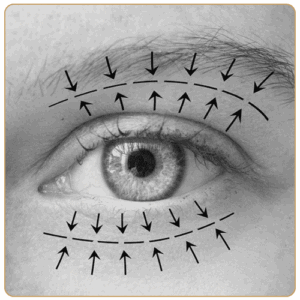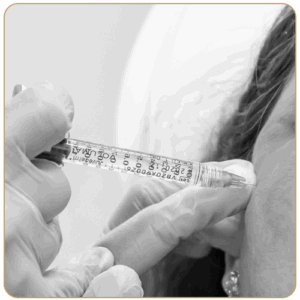If you are considering a nose job, you may be wondering what techniques are available to achieve the desired results. One popular technique is the use of cartilage graft, which involve the transplantation of additional cartilage to reshape the nose. Cartilage graft can offer several benefits, including improved structural support, increased volume, improved symmetry, and natural-looking results. In this article, we will explore the benefits of Cartilage Grafts for nose surgery, the three sources of nose grafts, and when Cartilage Grafts are needed. So, if you are interested in learning more about Cartilage Graft Nose Jobs, read on!
Benefits of Cartilage Graft for Nose Surgery
- Improved structural support: Cartilage grafts can provide additional structural support to the nose, helping to improve its shape and function.
- Increased volume: If a patient has a flat or depressed nasal bridge, cartilage grafts can be used to add volume and improve the profile of the nose.
- Improved symmetry: Cartilage grafts can be used to correct asymmetry in the nose, resulting in a more balanced and natural-looking appearance.
- Natural-looking results: Cartilage grafts are a natural material, which can blend seamlessly with the surrounding tissue and create a more natural-looking result.
What Are the Three Sources of Nose Grafts?
- Septal cartilage: This is the most common source of cartilage for nose grafting. Septal cartilage is harvested from the patient’s nasal septum, which is the wall that separates the two nostrils.
- Ear cartilage: If there is not enough septal cartilage available, ear cartilage can be used as a substitute. Ear cartilage is typically harvested from the patient’s earlobe or the back of the ear.
- Rib cartilage: In some cases, rib cartilage may be used as a graft material. This is typically reserved for cases where a large amount of cartilage is needed or when septal or ear cartilage is not available.
When is Nose Cartilage Grafting Needed?
Nose cartilage grafting may be needed in the following situations:
- Correcting structural deformities: If a patient has a structural deformity of the nose, such as a deviated septum, cartilage grafting may be needed to provide additional support and reshape the nose.
- Enhancing the appearance of the nose: If a patient desires a more defined or balanced nose, cartilage grafts can be used to improve the profile and symmetry of the nose.
- Revision rhinoplasty: In cases where a previous rhinoplasty procedure has resulted in a loss of nasal cartilage, cartilage grafting may be needed to restore the structure and function of the nose.
In conclusion, cartilage grafting is a useful technique for nose surgery, offering several benefits including improved structural support, increased volume, improved symmetry, and natural-looking results. The three sources of nose grafts are septal cartilage, ear cartilage, and rib cartilage, and each has its advantages and limitations. Cartilage grafting may be needed to correct structural deformities, enhance the appearance of the nose, or in cases of revision rhinoplasty. If you are considering nose surgery, it is important to discuss the benefits and risks of cartilage grafting with your plastic surgeon to determine if it is right for you.










